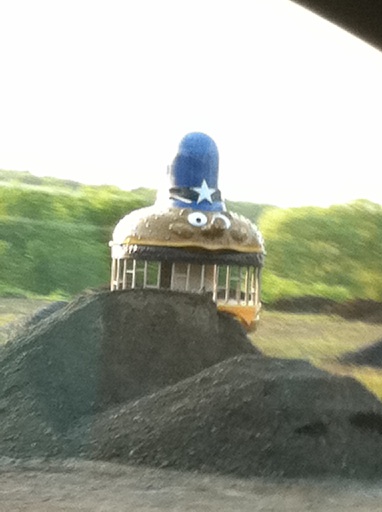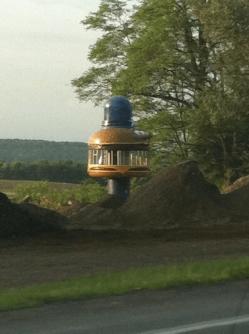… which “arises due to random fluctuations out of a state of chaos,” according to Wikipedia. Confused? The idea is this: there is a surprising degree of organization in our world, in apparent conflict with the Second Law of Thermodynamics, which holds that total entropy in a closed universe will never decrease (some see this as justification for belief in a creator deity).
Ludwig Boltzmann proposed that “we and our observed low-entropy world are a random fluctuation in a higher-entropy universe.” Even “in a near-equilibrium state,” Wikipedia explains, “there will be stochastic fluctuations in the level of entropy. The most common fluctuations will be relatively small, resulting in only small amounts of organization, while larger fluctuations and their resulting greater levels of organization will be comparatively more rare.”
Here’s where “Boltzmann brains” come in:
If our current level of organization, having many self-aware entities, is a result of a random fluctuation, it is much less likely than a level of organization which only creates stand-alone self-aware entities. For every universe with the level of organization we see, there should be an enormous number of lone Boltzmann brains floating around in unorganized environments. In an infinite universe, the number of self-aware brains that spontaneously randomly form out of the chaos, complete with false memories of a life like ours, should vastly outnumber the real brains evolved from an inconceivably rare local fluctuation the size of the observable universe.
If I were a Boltzmann brain (as, apparently, is statistically likely), could I ever know? Would it matter? A new form of a debate philosophers have waged for years – let’s call it neo-solipsism.





